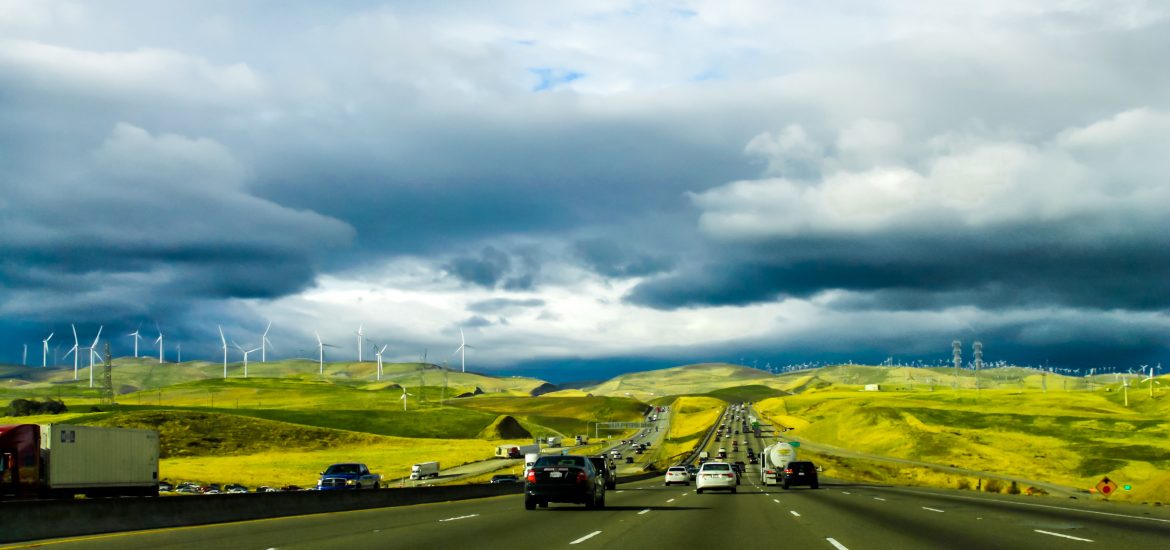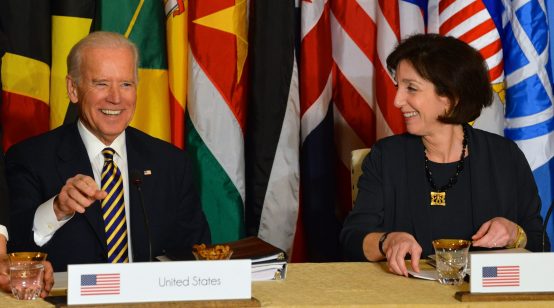
This article is the third of a three-part series on how artificial intelligence is already shaping the global energy system and could revolutionize it in the future.
I have argued that artificial intelligence is helping fossil fuels on the supply-side by reducing exploration and production costs and streamlining delivery but could also help renewables surge on the demand-side because demand for power will drive global energy markets, which are in the midst of digitalizing and decentralizing.
Inertia and the short-term horizons of our politicians and business leaders are arresting the transition to a cleaner energy future. Technological disruption and national security imperatives are helping, but a new paradigm for how governments deliver energy to its citizens seems more critical than ever. Admonishing citizens and businesses to be more energy efficient and use fewer fossil fuels has not worked.
Past energy transitions have shared a single trait: they have occurred when overall demand for energy was increasing. It is time, then, that we encourage energy productivity and elect politicians who envision using new technologies including artificial intelligence to rewire our energy world.
Efficiency vs. productivity
For nearly six decades, nations have blamed each other for climate change. Of course it is a human-generated problem, but we also know that, taken individually, humans do not like to take responsibility, let alone accept public blame. Let’s face it: our social natures and egos cause us to clam up when we are told to do better.
Economists and policymakers have long pointed to energy efficiency (EE) – reducing the energy intensity of producing a given level of output – as a low-hanging fruit for the energy transition. Yet perhaps a better concept is energy productivity (EP): the volume of services or products generated per unit of energy. EE and EP are two sides of the same coin. Yet EP offers a more positive, aspirational vision in light of the rise of renewable energies and new technologies. Australia is the most notable adopter, aiming to improve EP by 40% between 2015 and 2030 under the National Energy Productivity Plan.
Energy productivity can prompt businesses to improve competitiveness, maximize output, and reduce energy costs. Individuals can also begin competing with each other to produce more solar energy from their rooftop units. It also permits more integrated solutions with industrial, urban, and agricultural policy, rather than individual units saving on energy costs. Lastly, it aligns with artificial intelligence and the suite of new technologies that are coalescing in the Fourth Industrial Revolution. A February 2017 report by the McKinsey Global Institute estimated that technology could provide $900 billion to $1.6 trillion in savings in the global economy by 2035. Two-thirds of this savings would come from productivity savings.
The International Energy Agency (IEA) agrees that EP is a better concept for emerging economies, where reducing energy intensity or demand would undermine economic development. Yet for developed economies, where economic development is not urgent, the IEA still prefers EE: “the core imperatives of energy policy – reducing energy bills, de-carbonization, air pollution, energy security, and energy access – are made more attainable if led by strong energy efficiency policy.” Energy efficiency reduced global energy intensity by 1.8% in 2015. China improved by 5.6% in 2015. In 2015, the total expenditure on energy fell by $540 billion, mostly in buildings and industry. In IEA member countries, energy efficiency improved by 14% on average from 2000 to 2014. Meanwhile, the number of mergers and acquisitions in energy efficiency services has risen in the last 15 years.
Trading carbon
The only way to discourage the use of fossil fuels is to make users cover their societal and environmental costs. Placing a price on carbon through a carbon-emissions trading scheme would do just that. Many international oil companies (IOCs) now even favor carbon pricing over a regulations-based system in which government simply restricts their activities. A market for carbon permits them to plan future investments with more clarity about their costs. Right now, they are guessing and hedging based on elections.
Several forward-thinking consuming jurisdictions have already established emissions-trading schemes.

The application of machine learning can help establish new carbon pricing markets more swiftly. It can harvest data from the experiments already under way, hone in on inefficiencies in pricing and operation, and help jurisdictions learn from each other’s best practices.
Pacific leanings
Energy is like a feeding trough. We take from it what we want and move on. The twin goals of energy consumption during the fossil fuel era have been to increase wealth and power relative to others, producing economic inequality and resource wars. We must imagine a new, more pacific energy paradigm for the future. This would seek to use energy to bring people together and start with a more positive discourse. Climate change is a uniquely collective problem, and we have to recognize that we are all in the same boat.
The majority of initiatives to harness AI, blockchain, and other technologies with a vision towards a different energy future are, with the exception of Europe, Pacific Ocean-oriented nations – China, Japan, Australia, and various U.S. states, most notably California. Meanwhile, traditional fossil fuel producers in Eurasia, as well as the Trump Administration, perpetuate an old, destructive, zero-sum energy paradigm. Humans will not start singing Kum ba yah by a global campfire with a renewable-led energy system. It will, nevertheless, reduce national competition for energy sources and make the world a slightly safer place.
Renewables and global wealth
Alone, artificial intelligence will not solve all of the energy transition’s challenges. Current implementation trajectories indicate that the developed world will lead its development. This will exacerbate the global imbalance of productivity levels and inequality. Yet artificial intelligence can encourage a global surge in renewables and potentially higher levels of long-term GDP growth. The International Renewable Energy Agency (IRENA) estimates that its low-carbon technology pathway scenario would raise global GDP growth by 0.8% by 2050 through the creation of new jobs, plummeting emissions, and cheaper energy.
Given future predictions for energy demand, food demand, and economic output, we need to find ways to get more from what we have. Artificial intelligence can help us get there. Its potential to create a more positive, productive, and peaceful energy paradigm should be embraced. Our grandchildren will thank us if we do.





